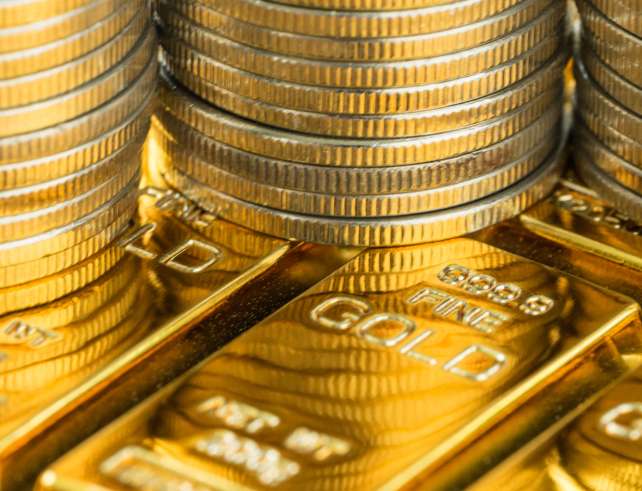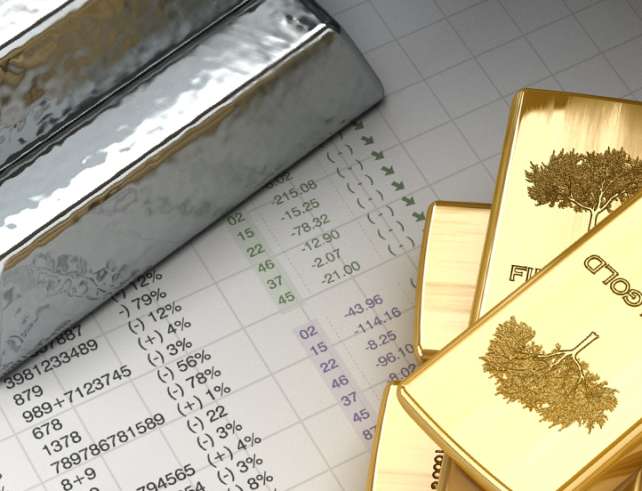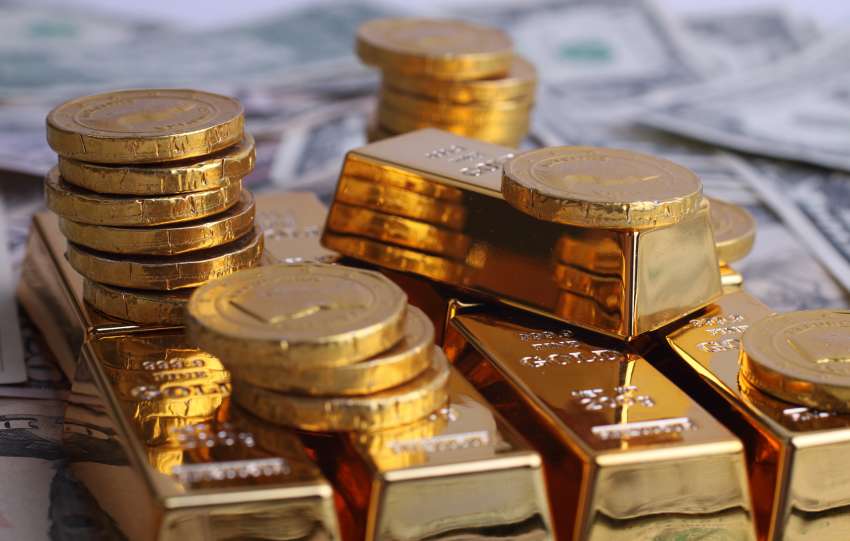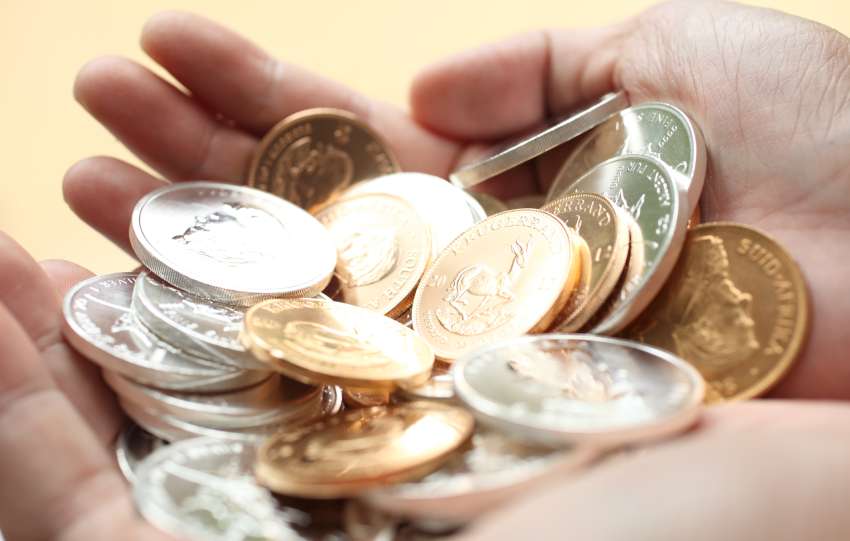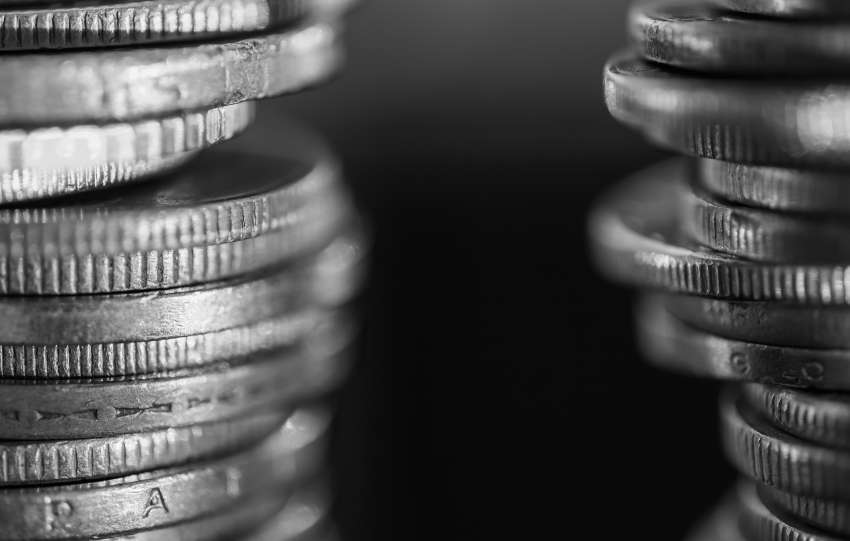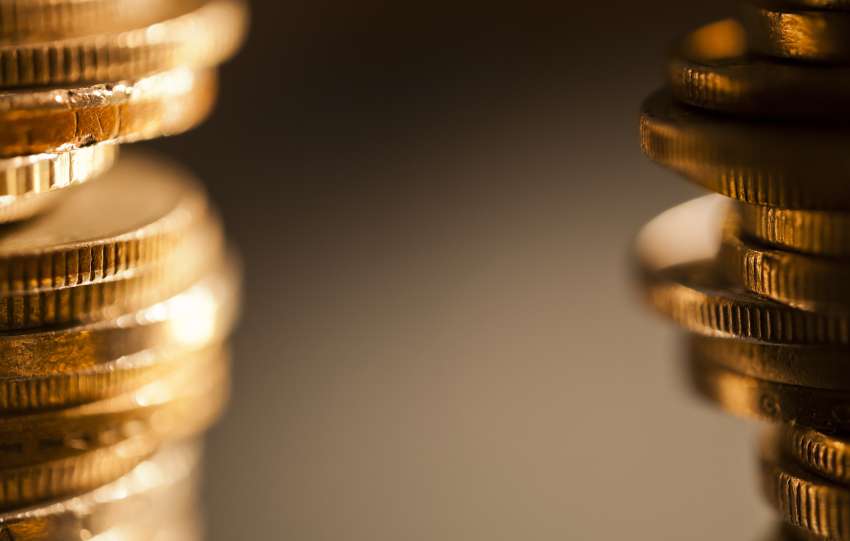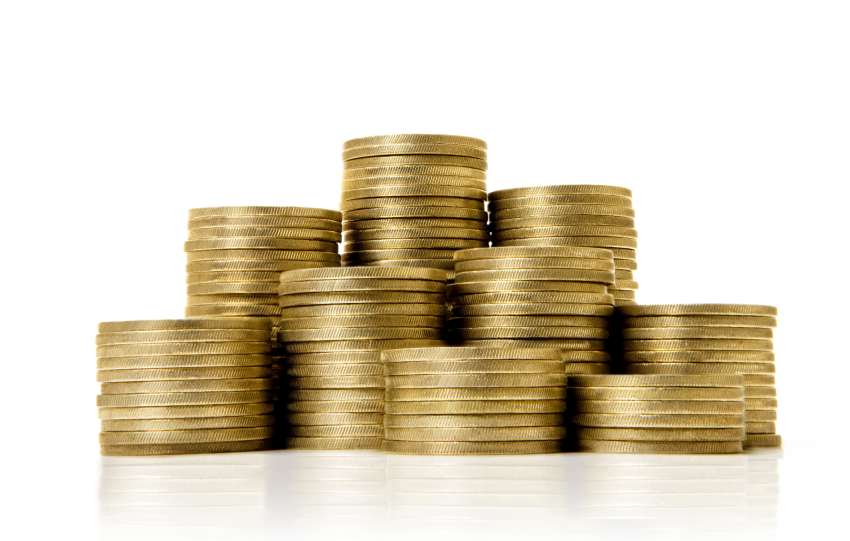After the success of the Krugerrand, many countries created their own bullion coins. The People’s Republic of China was an early adoptee, and their offerings quickly became popular. Now it’s nearly impossible to have a bullion conversation without discussing gold coins from China.
With so many bullion options available, though, one might wonder why the country’s offerings are so popular. After all, several nations mint coins with similarly high gold content. Isn’t an ounce of gold worth an ounce of gold regardless of where it comes from?
In reality, that’s not always the case. There are a variety of factors that contribute to the popularity of gold coins from China. By understanding the unique aspects of the country’s coinage, you’ll be able to make a smarter investment decision.
The Official Mint Has a Long History
When most people buy precious metals, they’re vigilant about who they do business with. A reputable company will always appeal to buyers who may not trust private sellers. Of course, it’s also essential that you’re able to trust the source that dealers get their products from.
This isn’t an issue when buying coins produced at the Official Mint of the People’s Republic of China. The mint has been around for more than 50 years, and its coins contain pioneering security features that make counterfeiting Gold Pandas more difficult.
What brings an even higher reputability to the mint is its history with precious metals. Gold coins from China were among the first bullion options available. Their initial issue in 1982 predated American Gold Eagles by four years. This means they’re well-established in the bullion industry.
Considering that many other mints have long histories, though, there are certainly other factors that draw people to these coins.
Gold Coins from China Change Yearly
When people think of gold coins from China, the Chinese Gold Panda invariably comes to mind. These make up the official gold bullion of the country, and they each feature a beautiful panda bear. What many people don’t know, however, is that these pandas change yearly.
Most countries keep their gold coinage consistent annually. This helps to minimize any potential differences in numismatic value. China is one of the few countries that doesn’t do this. In fact, there’s only one time in the history of the coin that the same design was used multiple years (2001-2002).
The varying designs on these gold coins from China offer several benefits. One such benefit is that a variety of artists are featured. These coins also offer something different for collectors. In fact, collector pushback is what convinced the mint to abandon its attempt to use the same design yearly.
It’s Not Just About the Pandas
While Chinese Gold Pandas are the country’s official bullion, they have released other gold issues in the past. In 1981, China produced the first of its Lunar Series. Each year’s gold coin featured the animal that coincided with the year’s lunar calendar.
The following is a list of the designs based on each year’s release:
- 1981 Rooster
- 1982 Dog
- 1983 Pig
- 1984 Rat
- 1985 Ox
- 1986 Tiger
- 1987 Rabbit
- 1988 Dragon
- 1989 Snake
- 1990 Horse
- 1991 Goat
- 1992 Monkey
The earliest of these gold coins from China were only 8 grams. Starting in 1988, they were also available in 1-ounce, 5-ounce, and 12-ounce issues. These had very low mintage numbers — less than 2,000 for certain 1-ounce coins — making them especially rare.
Gold Coins from China Had Proof Sets
Chinese gold coins already carry a high collectibility factor. A major contributor to this is their prooflike quality. In 1986, the country went the extra mile and actually released a proof set of the Chinese Gold Pandas. You can tell these apart from others by the “P” on the reverse side.
These sets contain proof strikes of every coin from a series. This means a single set will have coins in weights of 1/20 ounce, 1/10 ounce, 1/4 ounce, 1/2 ounce and 1 ounce. While this equals less than 2 ounces of gold, collectors can expect to pay far above spot value due to their rarity.
Gold Coins from China Have Low Mintages
There are plenty of factors that keep Chinese Gold Pandas in high demand. One of the simplest to explain relates to a fundamental law of economics: low supply. While mintage figures of the panda coins aren’t as low as the Lunar Series, they’re still small compared to other offerings.
The easiest way to understand this is to look at these mintage numbers relative to those from other countries. The following list offers a direct yearly comparison to American Gold Eagle production numbers:
- 1986: 107,140 Pandas vs 1,362,650 Eagles
- 1987: 156,200 Pandas vs 1,045,500 Eagles
- 1988: 156,200 Pandas vs 465,500 Eagles
- 2000: 29,011 Pandas vs 43,319 Eagles
- 2016: 600,000 Pandas vs 817,500 Eagles
These only represent mintage numbers of the 1-ounce versions of each coin. There were some years — such as 2015 — when 1 million of these gold coins from China got released. During most years, however, mintage numbers remain low compared to bullion from other nations.
Due to the high demand for these pieces, the China Mint recently decided to produce more coins from the series. For instance, there were 700,000 30-gram Gold Pandas produced in 2017. Only one year earlier, mint figures had been at 600,000.
Numismatic Value Is High
If this guide hasn’t already made it apparent, the numismatic value of gold coins from China is high. Fortunately, it’s not prohibitively high. In fact, you’ll typically pay less than 1% more per gram buying a 30-gram Chinese Panda rather than a 1-ounce Canadian Maple Leaf.
Of course, Maple Leafs are also highly valued for their collectability. The lesson here is that you must be vigilant about any gold purchase. If you’re most interested in intrinsic value, you may be better serviced buying gold bullion bars.
If you enjoy a bit of collectability and numismatic value, though, the low mintage numbers and unique design of Gold Pandas are right up your alley.
There’s a Popular Silver Panda Series Too
The popularity of China’s initial run of Gold Pandas did not go unnoticed by the government. In fact, the demand for the coin was so high that the country began production of Silver Pandas the very next year. This offered an even wider variety for investors and collectors alike.
Like their gold counterparts, these coins come in a variety of weights and denominations. Both coins also feature the same design each year. As such, the design of the silver offerings has been different every year save for 2001 and 2002.
While Silver Pandas certainly have less intrinsic value than gold coins from China, it doesn’t mean they can’t be highly valued. In fact, certain releases are worth thousands more than their spot value when in perfect condition.
Denominations and Sizes Have Changed
Perhaps the most important thing you can do when buying gold coins from China is pay attention. In 2001, the face value of each gold coin changed. For instance, a 1-ounce coin from 2000 had a face value of 100 yuan. In 2001, this changed to 500 yuan.
Starting in 2016, there was another major shift. This time, it involved weights. Rather than minting coins on a scale of ounces, Gold Pandas shifted to a scale of grams. While a 500 yuan coin had contained 31.103 grams prior to 2016, they only contained 30 grams after the shift.
As long as you pay attention to these nuances when buying gold coins from China, you can own some of the world’s most popular bullion at a fair price.
Buy Gold Coins from China Today
There are more gold bullion coins available today than ever before. Each nations’ offerings differ in a variety of ways, and each has benefits over the others. For many people who want the most value from their investment, though, Chinese Gold Pandas are the go-to option.
In addition to coming from a trusted mint, these coins carry high intrinsic value, come in various denominations, and offer a collectibility factor to top it off. And if cuteness in your bullion is important to you, these might be the only coins that fit the bill.
At Silver Gold Bull, we strive to offer the widest selection of bullion from around the world. Whether you’re interested in gold coins from China or Canadian collectibles, we’ve got you covered. Visit our Gold Bullion page today and secure your financial future with precious metals.



